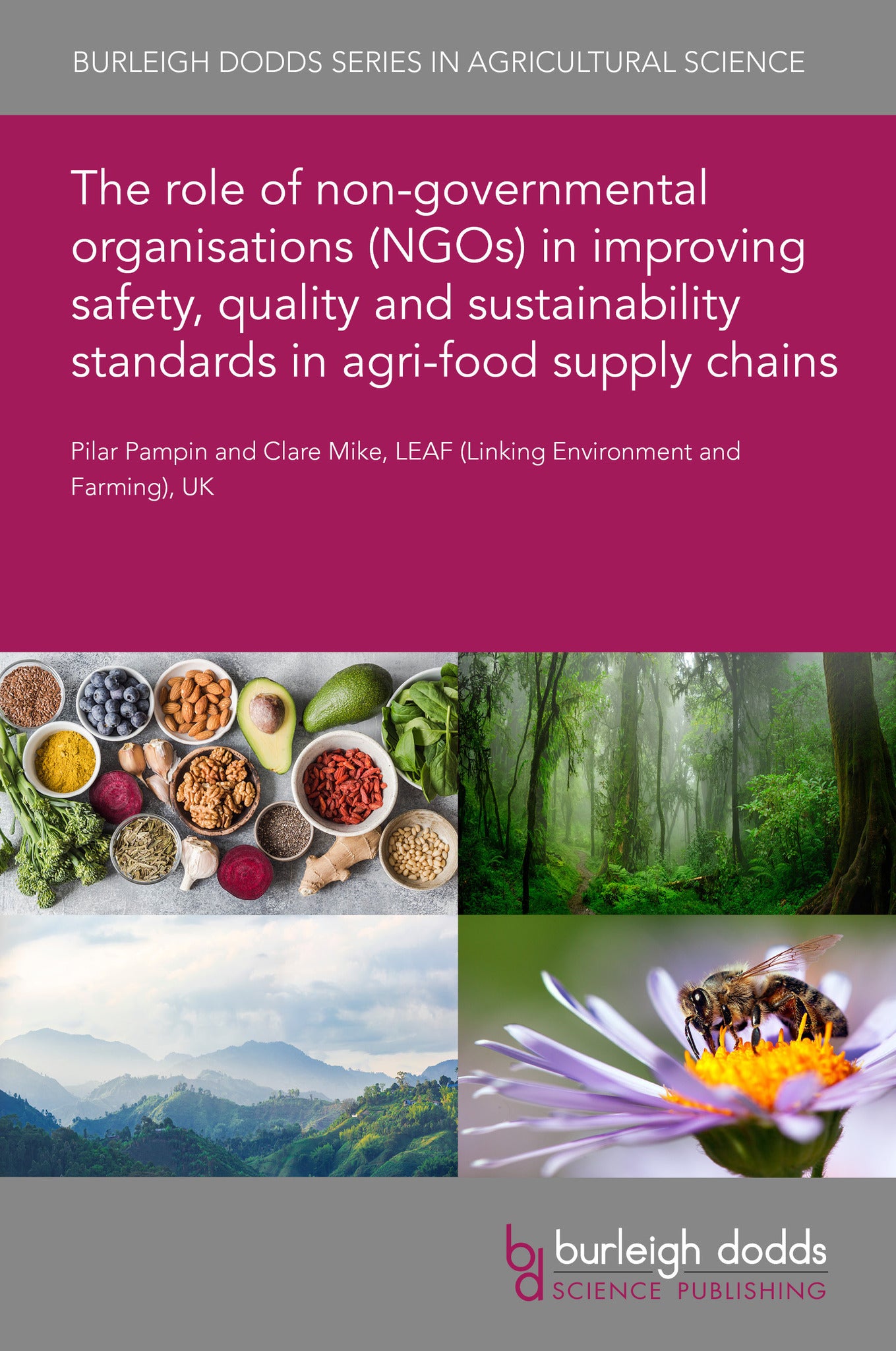We're sorry. An error has occurred
Please cancel or retry.
The role of non-governmental organisations (NGOs) in improving safety, quality and sustainability standards in agri-food supply chains

Some error occured while loading the Quick View. Please close the Quick View and try reloading the page.
Couldn't load pickup availability
- Format:
-
18 November 2024

The agri-food sector can be seen as one of the drivers of climate change-related problems whilst also being greatly affected by it. Sustainability standards have a role in promoting and supporting the uptake of sustainability practices, promoting agroecological farming and reducing the negative impact on the environment. Given the non-profit independent nature of non-governmental organisations (NGOs), they are in a key position for improving and enhancing the uptake of sustainability practices and standards. This chapter explores the role of NGOs in improving sustainability standards in the agri-food supply chain. The main roles identified are collaboration, lobbying, accountability and credibility, providing subject matter expertise, facilitating knowledge exchange, setting standards, providing incentives and communicating to a range of stakeholders. Case studies from Linking Environment and Farming (LEAF) are used to showcase how each role can be implemented. The chapter also identifies and discusses key challenges.

TECHNOLOGY & ENGINEERING / Food Science / Food Safety & Security, Sustainable agriculture, TECHNOLOGY & ENGINEERING / Agriculture / Agronomy / Crop Science, TECHNOLOGY & ENGINEERING / Agriculture / Animal Husbandry, Food security and supply, Agriculture, agribusiness and food production industries, Agronomy and crop production, Animal husbandry

- 1 Introduction
- 2 Outcomes environmental NGOs hope to achieve and how to measure them
- 3 Linking Environment and Farming (LEAF): overview
- 4 The role of NGOs in improving sustainability standards and advocating for sustainable farming systems
- 5 Challenges in improving sustainability standards for NGOs, farmers, supply chains and government
- 6 Conclusion and future trends
- 7 References and further reading



